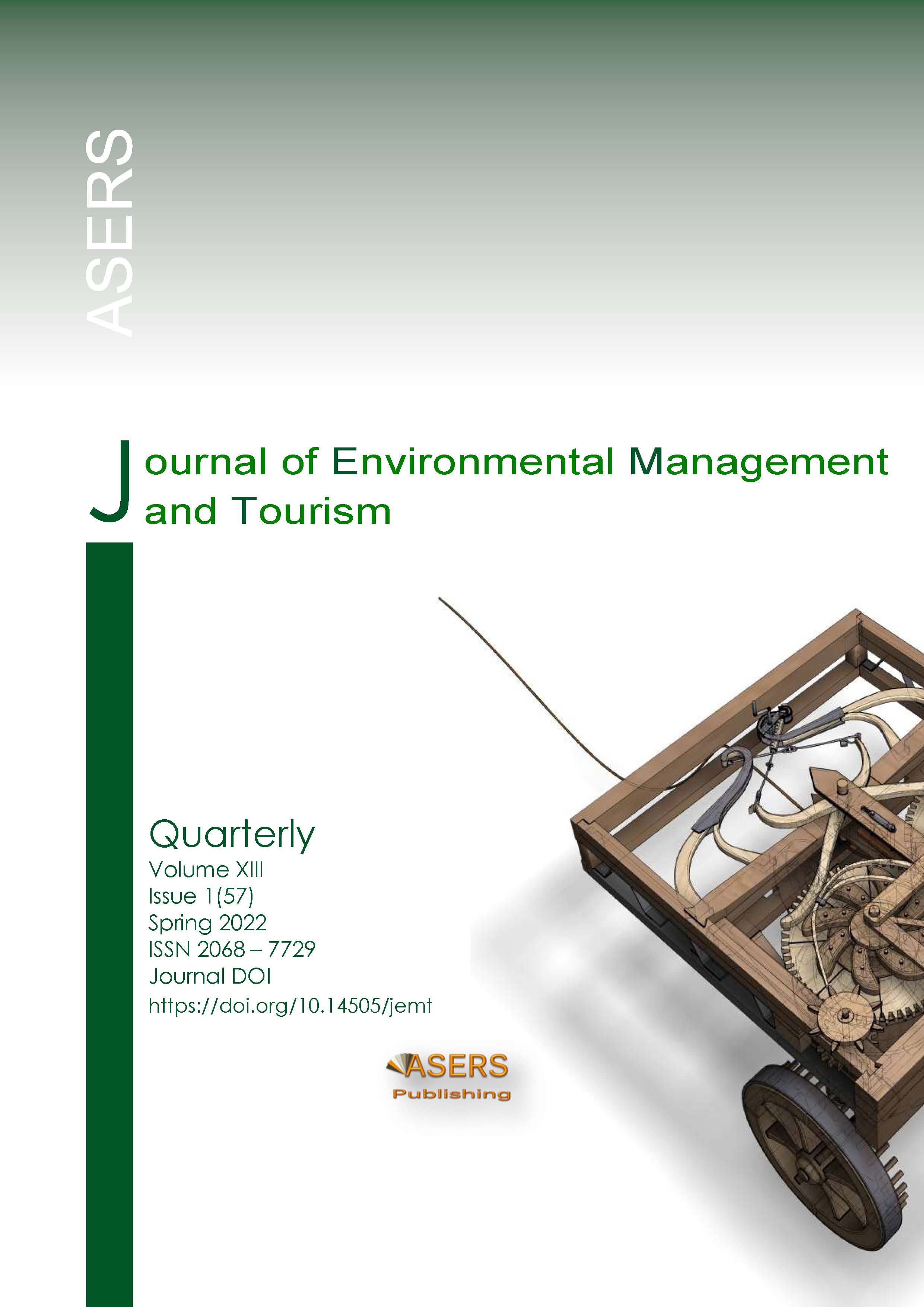Determination of Dissolved Pesticide Leachates in the West Africa’s Largest Natural Lake
Determination of Dissolved Pesticide Leachates in the West Africa’s Largest Natural Lake
Author(s): Amina Gariba, Jonathan Osei-Owusu, Albert Aniagyei, Boniface Yeboah Antwi, Ralph Kwakye, George Adusei, Aboagye Kwarteng Dofuor, Bright VigbedorSubject(s): Economy, Energy and Environmental Studies, Environmental interactions, Accounting - Business Administration
Published by: ASERS Publishing
Keywords: Lake Bosomtwe; organochlorines; pesticide residues; synthetic pesticides; water quality;
Summary/Abstract: Lake Bosomtwe in the Ashanti Region of Ghana is one of the largest naturally occurring lake in West Africa. The lake is surrounded by about 36 farming and fishing communities that use synthetic pesticides and herbicide in the cultivation of crops. These chemicals are likely to leak into the tributaries, contaminate the lake, and threaten the life of the aquatic animals. For this reason, a study of the levels of the active components of the pesticides in the lake were measured to monitor the water quality. A Gas Chromatographic equipped with Electron Capture Detector (GC-ECD) was employed in the measurements and levels of organochlorine, organophosphorus and pyrethoids. The GC-ECD analysis revealed that, the mean concentrations of organochlorines in the water sample were, Beta – HCH (0.03μg/L), Gamma – HCH (0.015 μg/L),Delta – HCH (0.012 μg/L), Endrin (0.014 μg/L), Beta-endosulfan (0.01 μg/L), Endosulfan (0.028 μg/L), and p, p’- DDT(0.012 μg/L). Heptachlor, Alpha-endosulfan, p,p’- DDE and Lambda-cyhal had concentrations less than 0.01 μg/L. Chloropyrifos was the only organo phosphate detected with a mean concentration of 0.013 μg/L. The mean concentrations of the pyrethoids present were, permethrin 0.024 μg/L, cyfluthrin 0.016 μg/L and deltamethrin 0.017μg/L. A comparison of the measured concentrations with the WHO pesticides limit in water displayed lower levels and compliance to the standards. Detection of these pesticides residues indicates that, regulating farming activities along the boundaries of the lake will reduce the leakages with corresponding positive effect on the aquatic life.
Journal: Journal of Environmental Management and Tourism (JEMT)
- Issue Year: XIII/2022
- Issue No: 1(57)
- Page Range: 128-134
- Page Count: 7
- Language: English
- Content File-PDF

